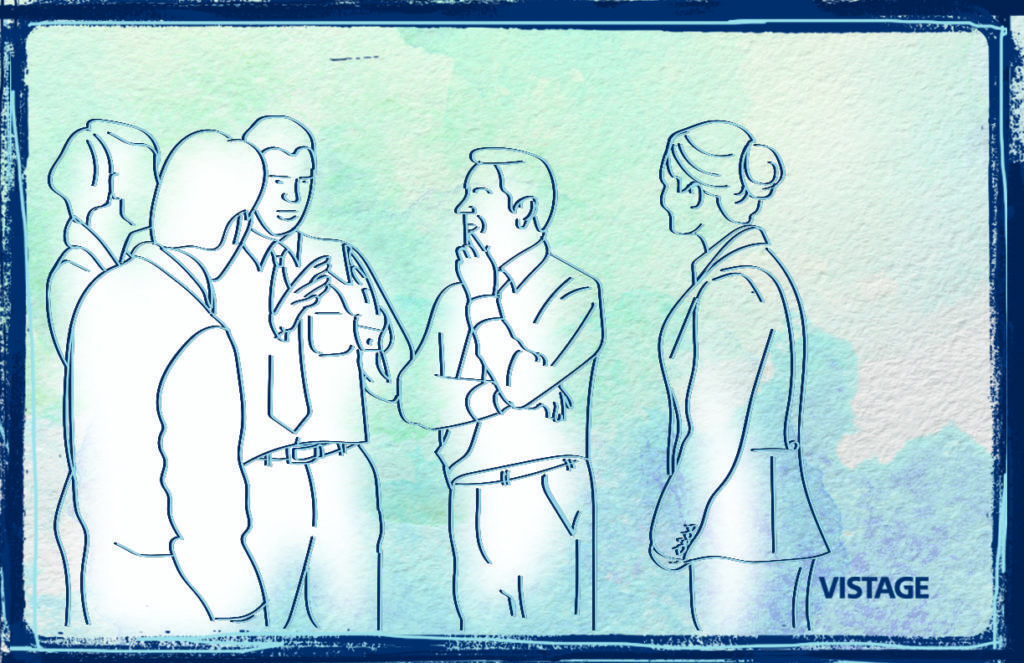The power of analogies

We all use analogies. As a teacher and coach, I use them to help my audiences understand a point more quickly and powerfully. As an attorney, I seek out analogies to predict which existing laws, should serve as precedent in a specific case. As a psychologist, I seek out analogies to previous behaviors in order to determine the significance of a specific behavior.
Yet with all this experience, I never gave the use of analogies much thought: What makes them more or less effective? How do we choose the ones we do? That’s why I found John Pollack’s book, Shortcut; How Analogies Reveal Connections, Spark Innovation, and Sell Our Great Ideas, so interesting.
The best analogies are transformative. As Einstein observed “growth comes through analogy… seeing how things connect, rather than only seeing how they might be different.” They help us see novel connections and relationships, insights that unlock unrealized potential. James Maxwell, another physicist, noted that searching for better analogies is to search for truth; they are intellectual hyperlinks that establish or reveal relationships between disparate ideas.
Pollack’s analysis indicates that the most persuasive analogies achieve five things.
- Use the familiar to explain something less familiar
- Highlight similarities and obscure differences
- Identify useful abstractions
- Tell a coherent story
- Resonate emotionally
The arguments made by Charles Darwin in Origin of Species demonstrate these five criteria. First, he draws an analogy between deliberate breeding in agriculture – something familiar – to explain something less familiar – change in nature. Second, he highlights the similarities – gradual, incremental change over time – and obscures the differences – gaps in the natural record of evolution. Third, he uses a useful abstraction – how beneficial adaptions enable those inheriting them to survive and reproduce at higher rates, while those without them tended to suffer or die out. Fourth, he offers a simple, coherent and complete story to explain the origin of biological diversity on Earth, without having to address details which may not fit the pattern. Fifth, his arguments’ simplicity and explanatory power make the analogy emotionally satisfying to people who embrace logic and advances in scientific knowledge through logic.
The key for the legal system is to use the right analogy. In Adams v. New Jersey Steamboat Company, the Court (1896) decided whether a steamboat company should reimburse a passenger for money stolen from his locked cabin during a trip. The parties chose two different analogies: Adams sued believing that steamboat companies are like innkeepers who provide accommodations and are liable for thefts from their bedrooms; the steamboat companies argued they are in the transportation business, like railroads which are not liable for thefts from berths. The decision reflects the analogy the Court accepted (Research the verdict or contact me!). Similarly, Brown v. Board of Education of Topeka Kansas overturned Plessy v. Ferguson because a new analogy was presented.
Because one has to choose between analogies, the party who first asserts his/her analogy, like a negotiator who first states his/her demands, essentially “frames the case.” Thus, Judge Roberts’s opening remark in his senate confirmation hearing that “judges and justices are servants of the law, not the other way around. Judges are like umpires. Umpires don’t make the rules they apply them.” His position was the analogy that the Senators used in voting to confirm Justice Roberts – even though Supreme Court Judges, unlike baseball umpires, do create laws and therefore make the rules!
How do analogies affect your life? Share your experiences below!
Jerry Cahn, Ph.D., J.D., is a NYC Vistage Chair and speaker on creativity/innovation models for growth (including “Are You Ready for Exponential (10X) – Growth?”), corporate structure, strategy, culture and accountability. He teaches for CUNY and University of Shanghai, and blogs for the Presentation Excellence Group. He can be reached at 646-290-7664 or jerry.cahn@vistagechair.com.
Category : Strategic Planning
Tags: Business Strategy

Thanks for the reminder on the power of analogies. It compliments the skill of story telling in the executive toolbox.